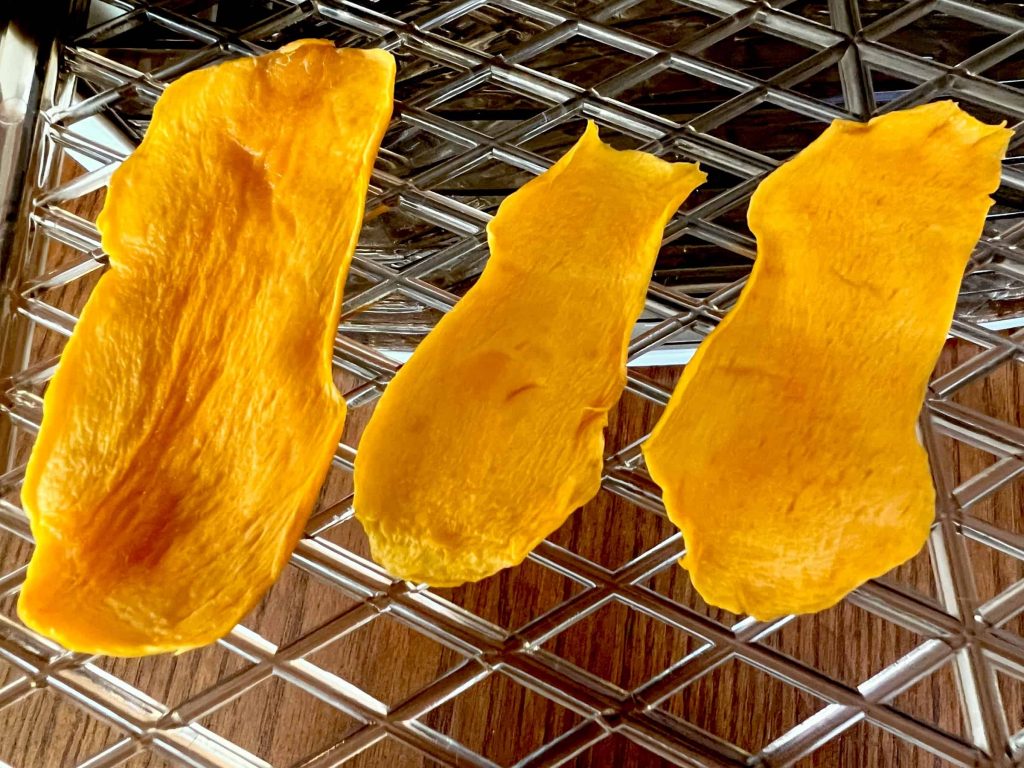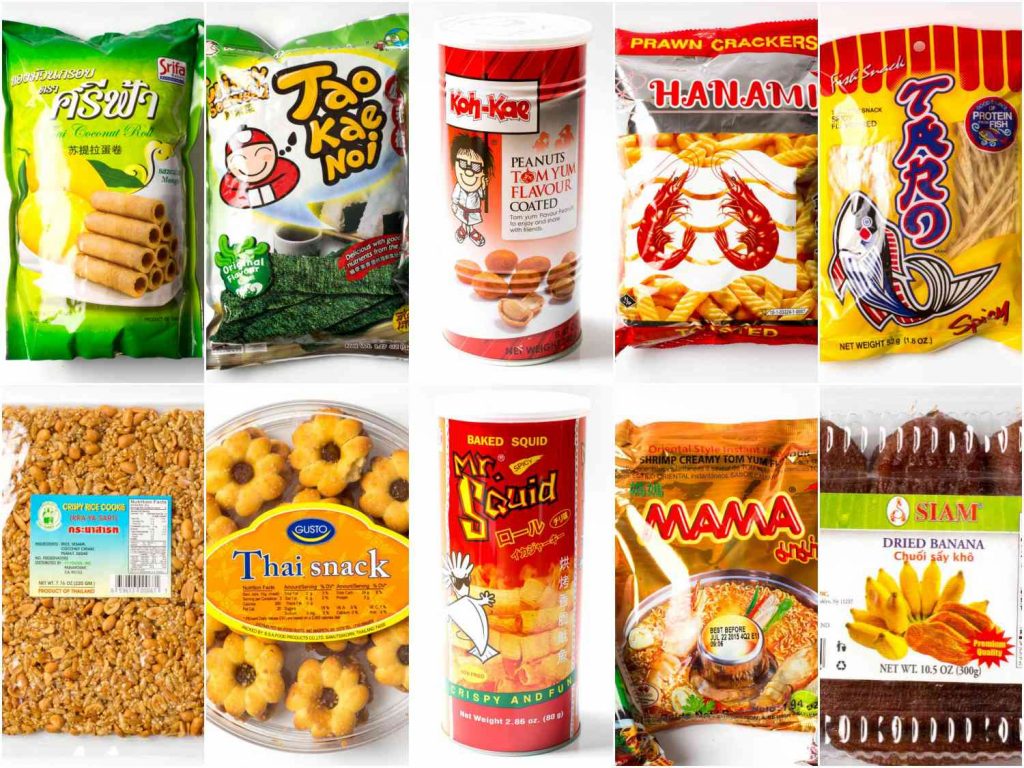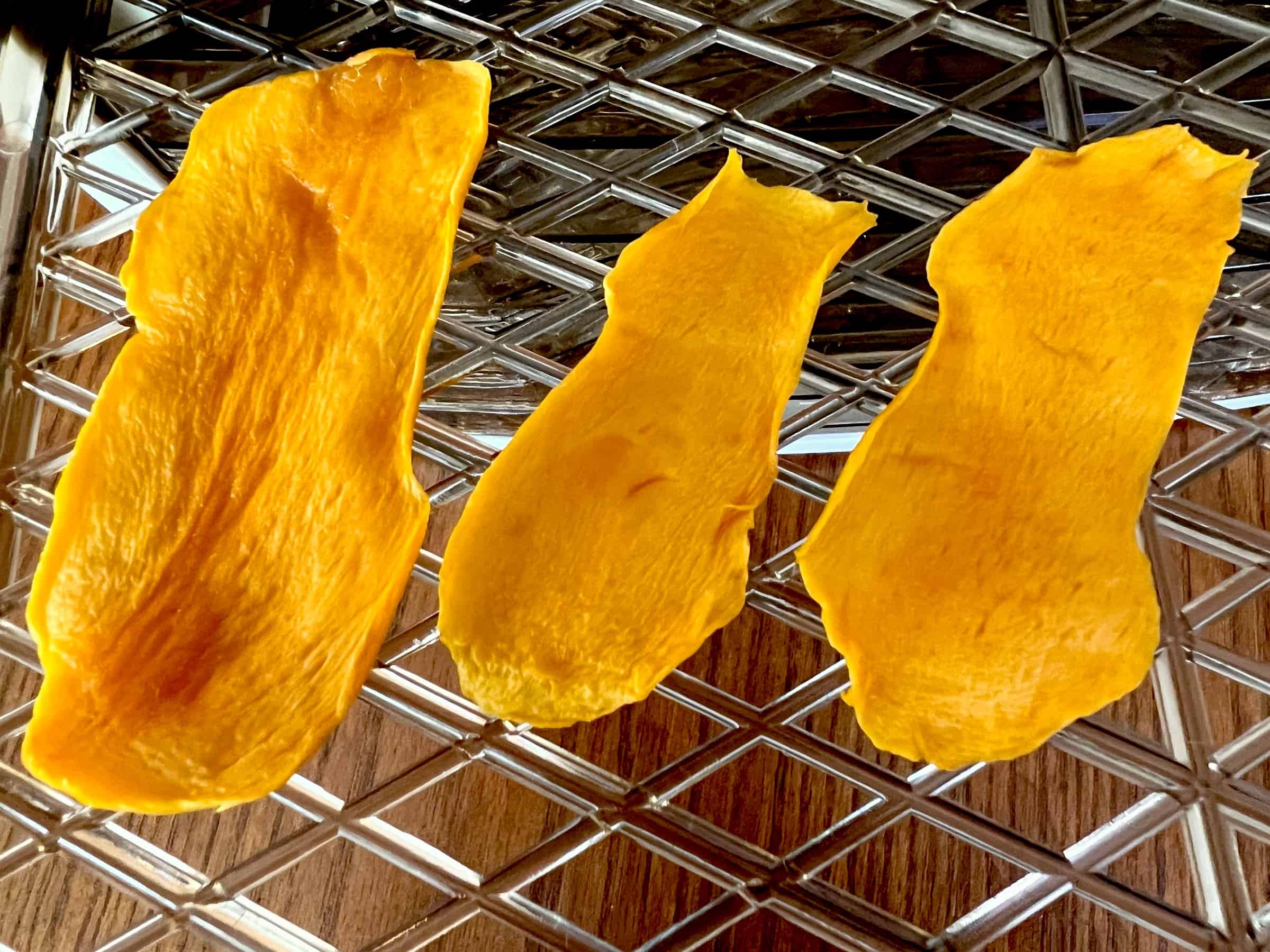Thailand has cemented its position as the global leader in tropical fruit processing, with the canned fruit and snack market generating over $8.2 billion annually and capturing significant market shares worldwide.
Market Size and Global Positioning
Canned Fruit Market Dominance
Thailand’s canned food market reached $314.5 million in 2025, growing at a robust 4.96% CAGR and projected to maintain steady expansion through 2028. The country exports 4,109 canned food shipments annually through 144 exporters serving 225 international buyers, with the United States, Russia, and Philippines representing the top three destinations.volza+2
Global Market Share Leadership:
- Canned pineapple exports: Thailand accounts for 59% of global market sharemangoprocess
- Tropical fruit cans: 10% of worldwide production comes from Thailandvolza
- Export value ranking: Thailand ranks 3rd globally in canned fruit exports after Vietnam and Chinavolza
Processed and Frozen Fruits Segment
The processed and frozen fruits market in Thailand generates $323.38 million in revenue (2025), with expectations to grow at 4.80% CAGR through 2030. Per capita consumption reaches $4.52 annually, while volume projections indicate 103.88 million kg by 2030.statista
Key Performance Metrics:
- Market volume growth: 3.0% projected for 2026
- Per person consumption: 1.3kg average annually
- Primary export destinations: Philippines, Canada, India, China, United States
Pineapple Processing: The Crown Jewel
Production Challenges and Market Dynamics
Thailand’s pineapple industry faces significant headwinds due to climate impacts. 2024 production fell to 600,000-700,000 tonnes, a dramatic decrease from the historical 2 million tonnes annually. This supply shortage has created unprecedented market dynamics

Current Market Conditions:
- Domestic prices: THB 14/kg (nearly doubled from previous year)
- Juice concentrate prices: $3,800/tonne for November-March shipments
- Premium quality rates: Only 7-10% of harvest meets premium standards
- Factory capacity utilization: 4,000-5,000 tonnes daily (below 6,000 tonnes required)
Pineapple Processing Products and Export Success
Despite production challenges, Thailand maintains its export leadership in pineapple products with 5,500 shipments annually from 276 exporters to 452 international buyers.volza
Major Processed Products:
- Pineapple juice concentrate (60-65 Brix): Premium aseptic packaging for industrial use
- Canned pineapple rings and chunks: Multiple size specifications for retail markets
- Frozen pineapple pieces: IQF technology preserving texture and nutrition
- Pineapple juice (single strength): Ready-to-drink and food service formats
Export Market Distribution:
- Philippines: Leading destination for concentrate imports
- United States: Major market for canned and juice products
- Europe: Premium quality canned pineapple demand
- Asia-Pacific: Growing regional consumption of processed products
Processing Technology and Quality Standards
Thai pineapple processors employ state-of-the-art aseptic processing to maintain product quality and extend shelf life. Companies like Natural Fruit Co., Prachuab Fruit Canning, and Pranburi Hotei lead with internationally certified facilities meeting GMP, HACCP, and BRC standards.tridge
Advanced Processing Features:
- Aseptic bag packaging for concentrate products
- Frozen processing capabilities maintaining nutritional integrity
- Organic certification options for premium market segments
- Multi-format packaging from industrial drums to retail containers
Mango Processing: Premium Variety Specialization
Export Growth and Market Expansion
Thailand’s mango processing industry has experienced explosive growth, with fresh mango exports reaching $133 million in 2024 representing a 132.7% increase year-over-year. South Korea leads demand, importing $2.93 billion worth of Thai mangoes annually.freshdi+1
Processing Volume and Value:
- Total export volume: 106,753 tonnes (2024)
- Export value: $133 million annually
- Canned mango dominance: 59% of global canned mango exports originate from Thailandmangoprocess
- Market growth rate: 130% year-over-year in Q1 2024

Variety Specialization and Processing Applications
Thailand processes over 300 mango cultivars into diverse product formats, with premium varieties commanding higher prices in international markets.mangoprocess
Key Processing Varieties:
- Nam Dok Mai (NMD): Premium fresh consumption and high-value processing
- Chok Anan: Ideal for dried mango products due to sweet flavor and texture
- Maha Chanok: Optimized for canned products and juice processing
- Kaew variety: Specialized for pickling and preserved products
Processed Mango Products:
- Frozen mango slices: IQF technology preserving texture and nutrients
- Dried mango strips: Traditional and modern dehydration methods
- Canned mango in syrup: Multiple size formats for retail and food service
- Mango puree and concentrate: Industrial ingredients for beverages and desserts
- Mango juice blends: Single strength and concentrate formats
Export Market Diversification
Primary Export Destinations:
- South Korea: 61.8% of total Thai mango shipments (tariff elimination impact)
- Japan: Premium fresh and processed mango demand
- United States: Growing processed mango market
- Malaysia and Vietnam: Regional processing and re-export hubs
- Middle East: Expanding market for halal-certified products
Market Development Initiatives:
- Economic Partnership Agreement negotiations with South Korea
- Soft power promotion through mango sticky rice cultural popularity
- Border trade fairs expanding regional market access
- Business matching events connecting processors with international buyers
Snack Food Processing and Export Markets
Market Size and Growth Trajectory
Thailand’s confectionery and snacks market generates $9.62 billion in revenue (2025), with projected growth of 5.40% CAGR through 2030. The snack food export segment specifically accounts for 173 shipments annually from 32 exporters to 42 international buyers.volza+1
Market Characteristics:
- Domestic market focus: 87% of production serves local consumption
- Export destinations: United States, Vietnam, Bangladesh lead imports
- Growth drivers: Health consciousness, convenience, and premium positioning
- Product diversification: Sweet biscuits, fruit snacks, and savory options
Fruit-Based Snack Innovation
Thailand’s tropical fruit abundance provides competitive advantages in fruit snack manufacturing, with companies developing innovative products combining traditional flavors with modern processing technologies.
Popular Fruit Snack Categories:
- Dried fruit strips: Mango, pineapple, and mixed tropical varieties
- Fruit leather products: Natural fruit purees formed into convenient formats
- Freeze-dried fruit pieces: Premium texture and nutrition retention
- Fruit-based gummies: Natural fruit juice and puree formulations
- Mixed tropical fruit snacks: Combination products showcasing variety
Health and Wellness Trends:
- Organic certified options meeting international standards
- No added sugar formulations appealing to health-conscious consumers
- Clean label products with minimal processing and natural ingredients
- Functional additions including vitamins and probiotics
Export Market Analysis and Trade Dynamics
Regional Market Performance
Asia-Pacific Markets:
- Philippines: Leading destination for concentrated products and industrial ingredients
- Japan: Premium quality fresh and processed fruits commanding higher prices
- South Korea: Explosive growth driven by cultural trends and trade policy changes
- China: Large-volume market for both fresh and processed tropical fruits
- Vietnam: Regional processing hub and re-export market
Western Markets:
- United States: Largest single-country destination with 4,038 shipments annuallyvolza
- European Union: Premium organic and sustainable products focus
- Russia: Significant market for canned fruits despite geopolitical challenges
- Canada: Growing demand for tropical processed products
Trade Infrastructure and Logistics
Export Capabilities:
- Cold chain logistics: Temperature-controlled transport maintaining product quality
- Port infrastructure: Bangkok, Laem Chabang providing global connectivity
- Processing facilities: Over 50 major fruit processing plants nationwide
- Quality certification: International standards including GMP, HACCP, BRC, Halal
Government Support Initiatives:
- World Food Valley project: Government investment in processing infrastructure
- Export promotion programs: Trade missions and international marketing support
- Quality standards development: Harmonization with international requirements
- Research and development funding: Technology advancement and product innovation
Technology Integration and Processing Innovation
Advanced Processing Technologies
Aseptic Processing:
- UHT treatment systems eliminating pathogens while preserving nutrition
- Aseptic packaging technologies extending shelf life without preservatives
- Sterile processing environments meeting international food safety standards
- Automated quality control systems ensuring consistent product specifications

Freezing and Dehydration:
- Individual Quick Freezing (IQF) maintaining fruit structure and nutrition
- Blast freezing capabilities rapidly reducing temperatures to -40°C
- Modern dehydration equipment producing consistent dried fruit products
- Vacuum processing options preserving color and nutritional content
Quality Management and Certifications
International Standards Compliance:
- ISO 22000 food safety management systems implementation
- HACCP critical control points monitoring throughout processing
- GMP facility design and operational procedures
- BRC Global Food Safety certification for export markets
- Halal and Kosher certifications serving specialized market segments
Traceability and Documentation:
- Farm-to-export tracking systems ensuring product authenticity
- Digital documentation platforms streamlining export procedures
- Quality testing laboratories conducting comprehensive product analysis
- Supplier verification programs maintaining raw material standards
Market Challenges and Opportunities
Current Industry Challenges
Climate and Production Issues:
- El Niño impacts reducing fruit yields and quality consistency
- Water shortage problems affecting agricultural production capacity
- Seasonal variability creating supply chain disruptions
- Quality standardization challenges across diverse supplier networks
Market Competition:
- Regional competitors from Philippines, Indonesia, and Vietnam
- Price pressure from low-cost producing countries
- Consumer preference shifts toward fresh and minimally processed products
- Trade policy changes affecting market access and tariffs
Growth Opportunities
Market Expansion:
- Emerging markets in Africa and Latin America showing increased demand
- E-commerce platforms enabling direct-to-consumer sales globally
- Foodservice sector growth requiring convenient processed products
- Health-conscious consumers seeking natural and organic options
Product Innovation:
- Functional food development adding nutritional enhancements
- Sustainable packaging solutions addressing environmental concerns
- Premium product positioning capturing higher value market segments
- Co-packing services for international brands seeking Thai production
Technology Advancement:
- AI-powered quality control improving consistency and reducing waste
- Blockchain traceability enhancing consumer confidence and transparency
- Automated processing lines increasing efficiency and reducing labor costs
- Smart packaging technologies extending shelf life and improving convenience
Future Market Outlook and Strategic Directions
Industry Projections (2025-2030)
Market Growth Forecasts:
- Canned fruit market: Projected to reach $400+ million by 2030
- Processed fruits segment: Expected 4.80% CAGR through the decade
- Export volume targets: Government aims for 20% annual export growth
- Value-added products: Premium segments showing 8-12% annual growth
Investment and Infrastructure Development:
- Processing facility expansion: $500+ million committed through 2030
- Cold storage network: National capacity doubling by 2028
- Port infrastructure upgrades: Enhanced export logistics capabilities
- Research and development centers: Innovation hubs in major production regions
Sustainability and Social Impact
Environmental Initiatives:
- Sustainable sourcing programs ensuring responsible agricultural practices
- Waste reduction technologies maximizing resource utilization
- Renewable energy adoption in processing facilities
- Biodegradable packaging development addressing environmental concerns
Community Development:
- Smallholder farmer integration into modern supply chains
- Skills development programs training rural communities in processing techniques
- Women’s empowerment initiatives creating leadership opportunities in the industry
- Rural employment creation supporting economic development goals
Conclusion: Thailand’s Continued Leadership in Tropical Fruit Processing
Thailand’s dominance in the global canned fruit and snack market reflects a successful combination of natural advantages, technological innovation, and strategic market positioning. With annual export values exceeding $8 billion and market leadership positions in key product categories, the industry continues evolving to meet changing consumer demands while maintaining quality excellence.
Key Success Factors:
- Abundant tropical fruit production providing reliable raw material supplies
- Advanced processing technologies ensuring product quality and safety
- Strong export infrastructure connecting Thai products to global markets
- Government support initiatives facilitating industry growth and development
- Continuous innovation adapting to consumer preferences and market trends
Strategic Opportunities:
- Climate resilience building to manage production variability
- Premium market development capturing higher value segments
- Technology integration improving efficiency and sustainability
- Market diversification reducing dependence on traditional destinations
- Value chain integration maximizing returns for all stakeholders
As global demand for healthy, convenient, and sustainably produced food products continues growing, Thailand’s tropical fruit processing industry is well-positioned to maintain its leadership role while contributing to rural development, environmental sustainability, and international food security goals. The combination of traditional expertise and modern innovation ensures that Thai processed fruits and snacks will remain competitive in the evolving global marketplace for years to come.
- https://www.volza.com/p/canned-food/export/export-from-thailand/
- https://www.researchandmarkets.com/reports/5743372/thailand-canned-food-market-forecasts
- https://www.6wresearch.com/industry-report/thailand-canned-food-market-outlook
About us
Try it for yourself. Freshdi.com
Global B2B Marketplace.


